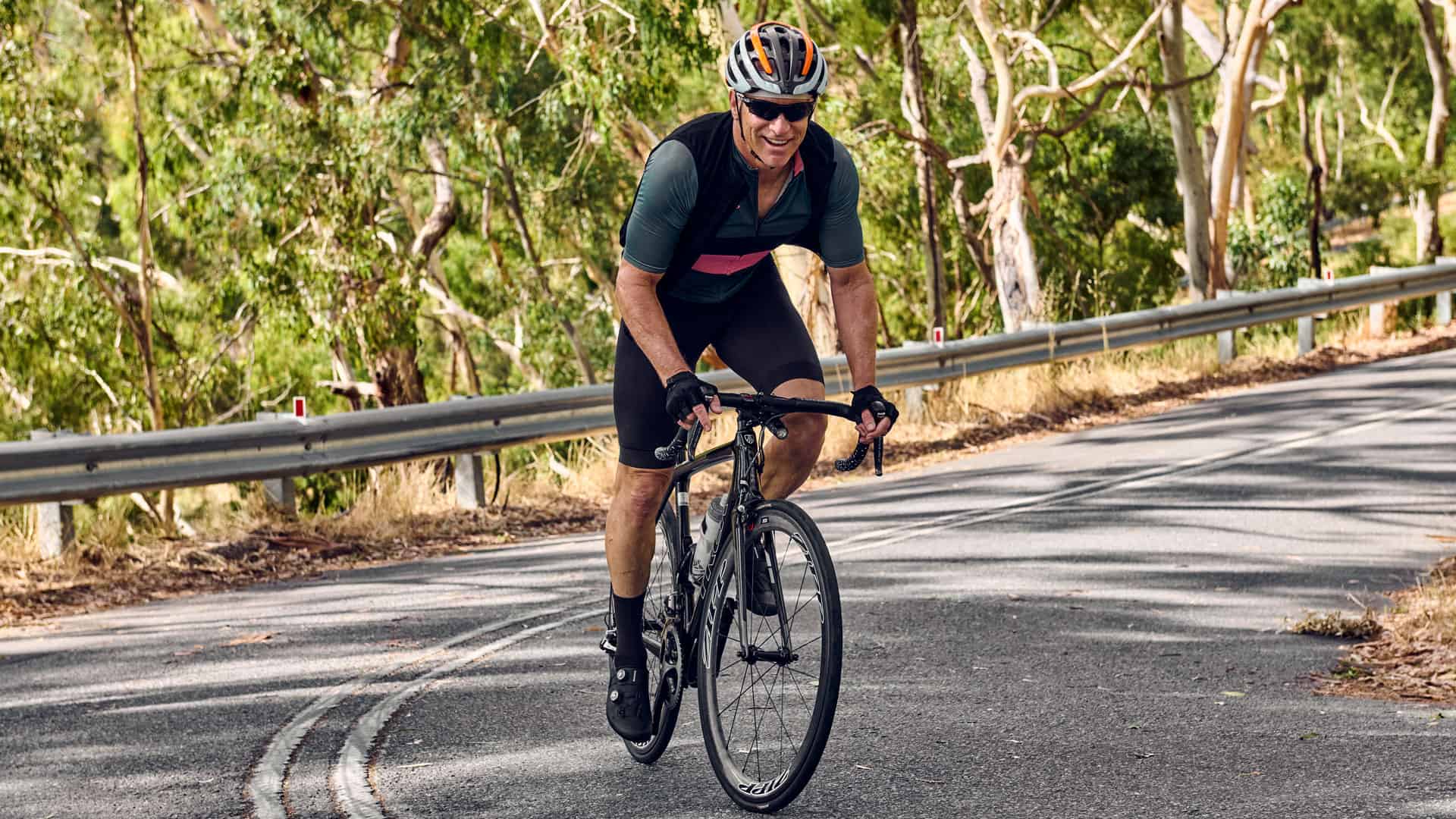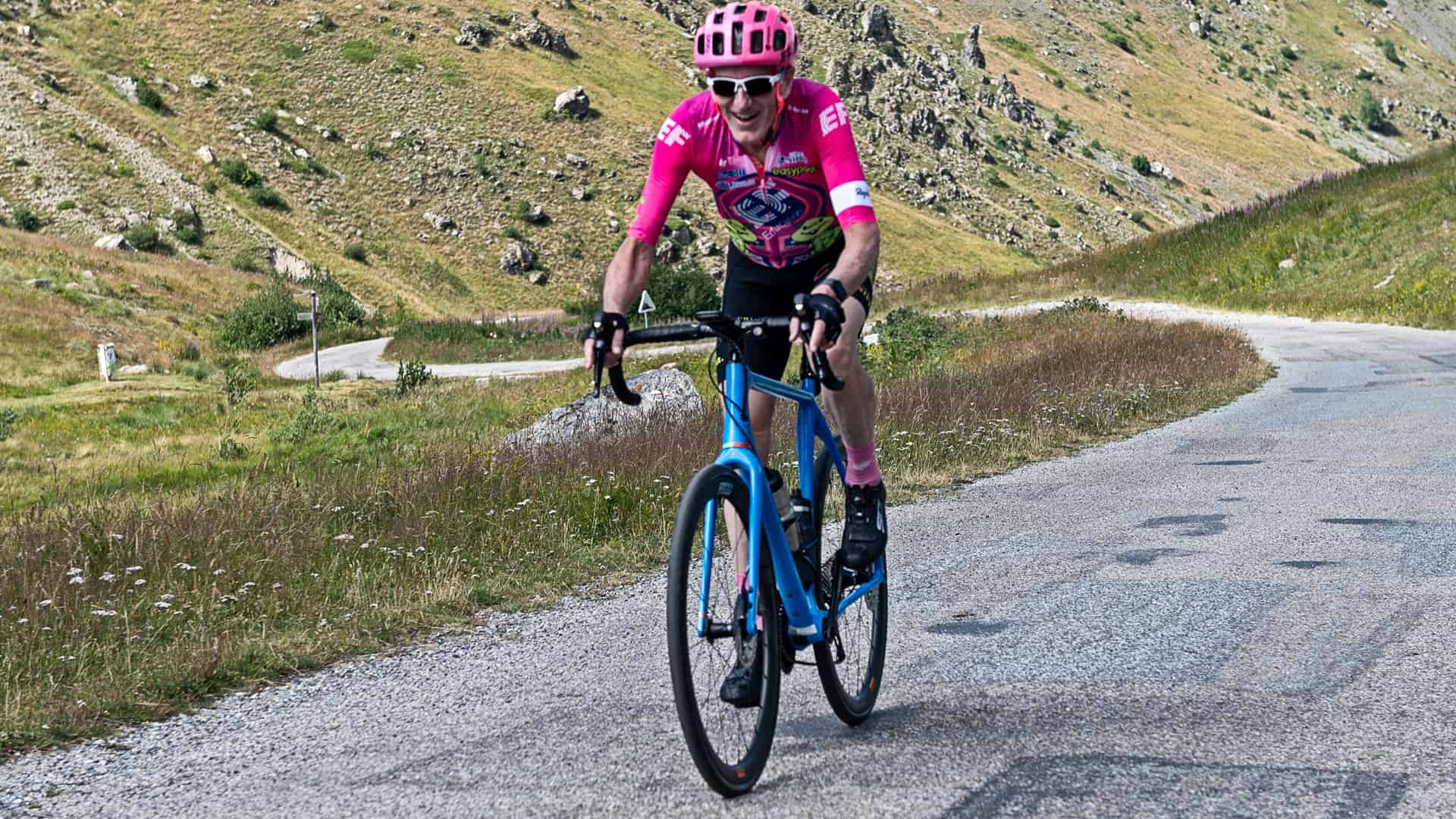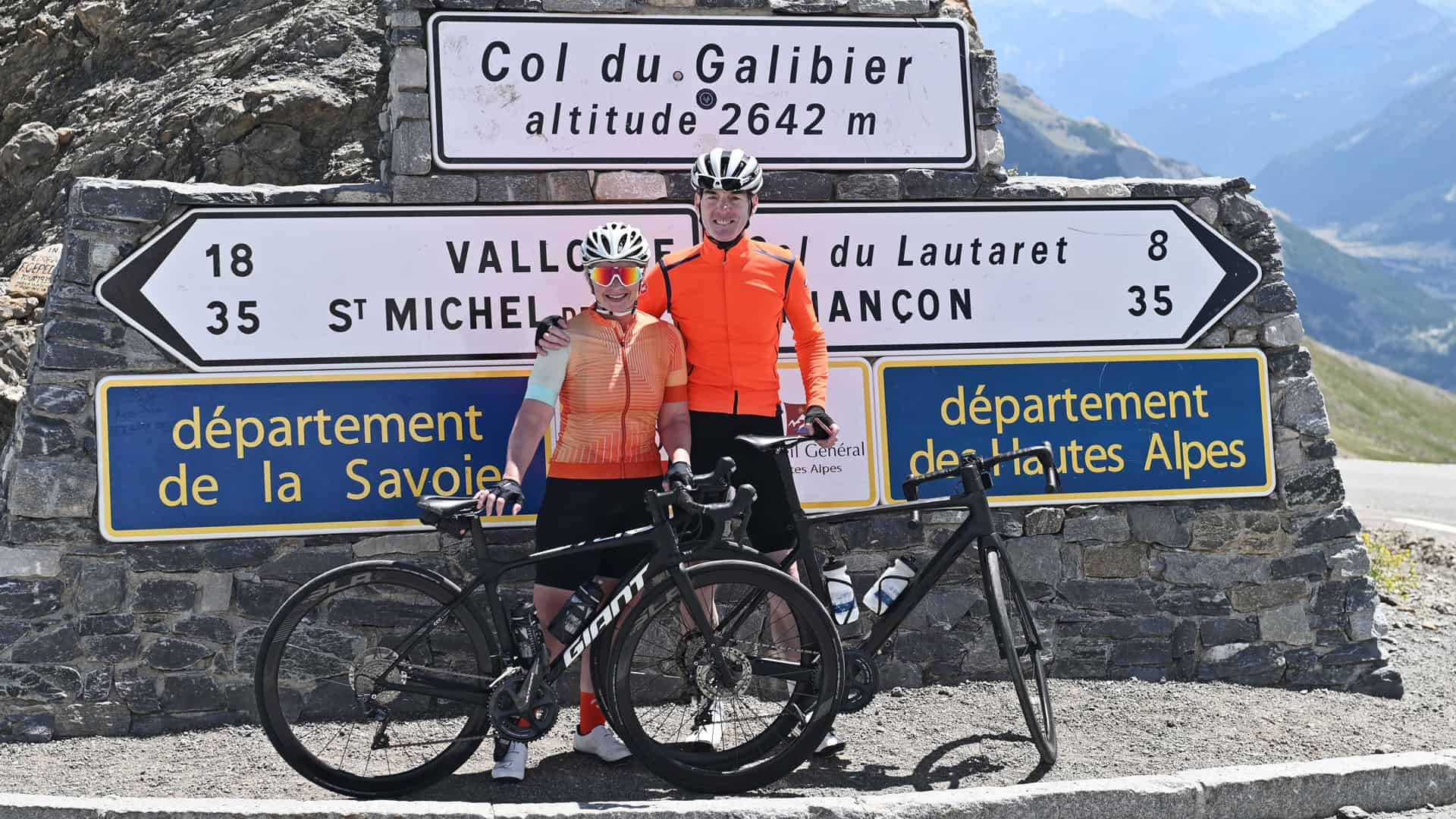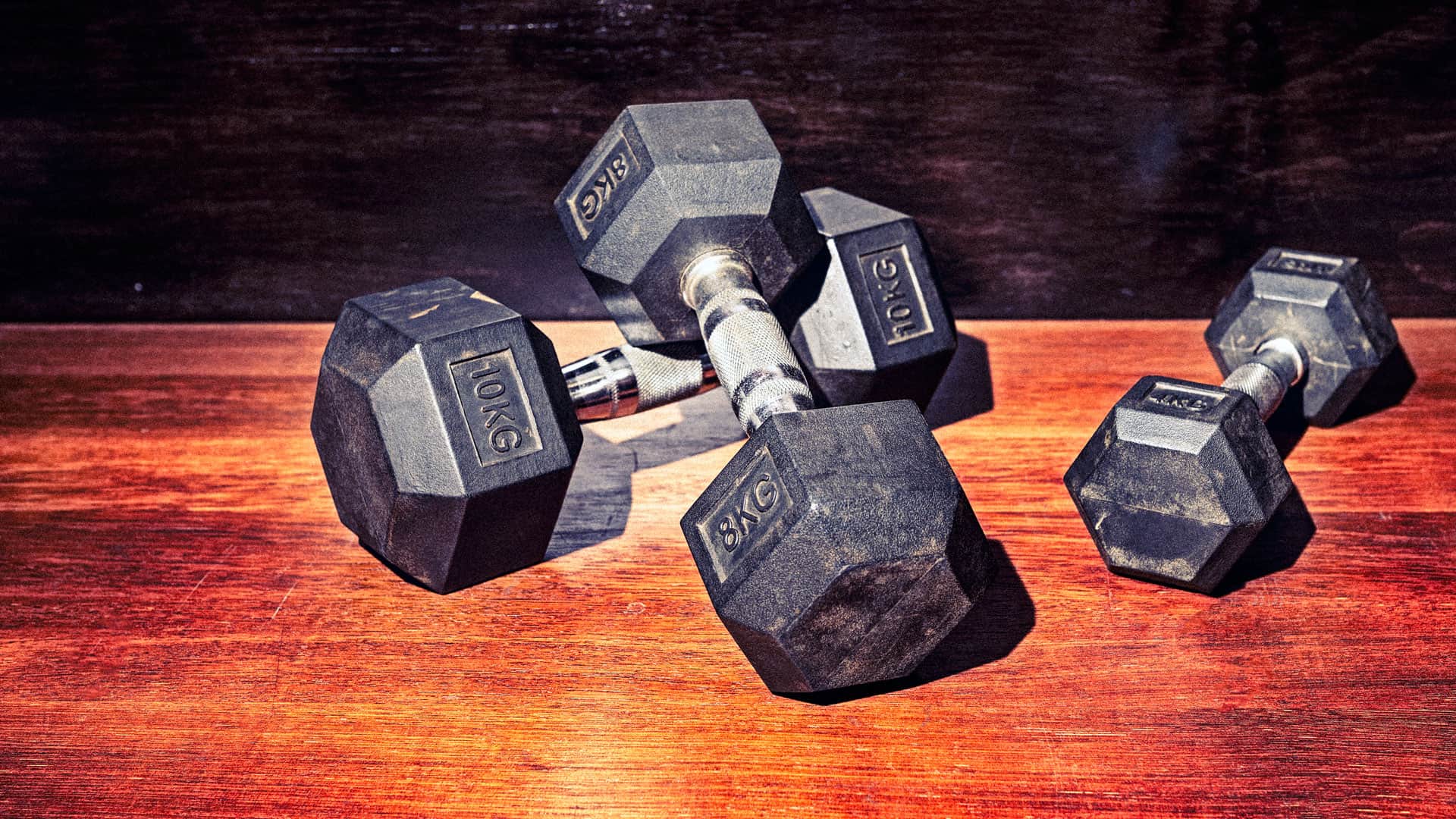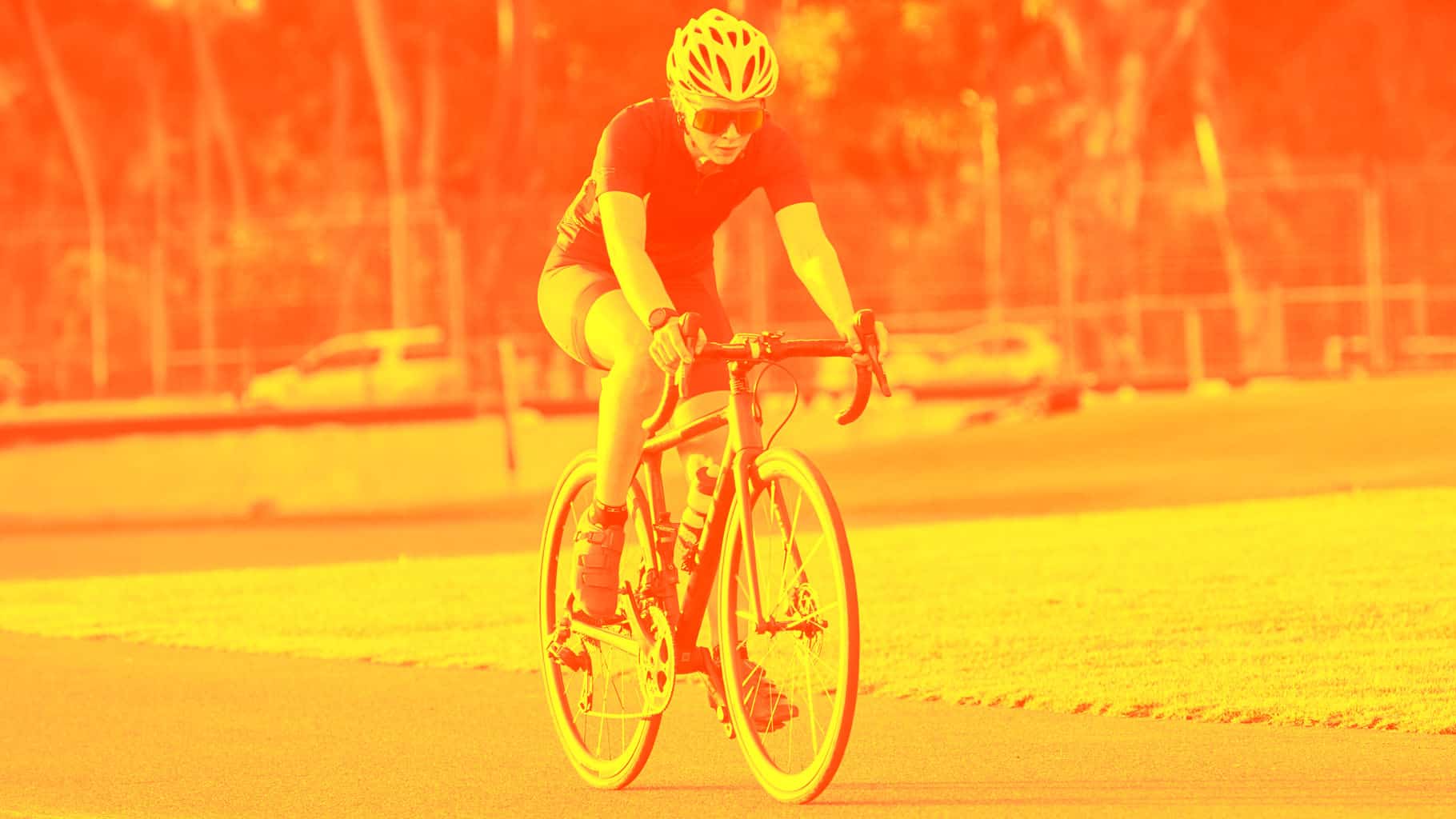Why Traditional Diets Fail Cyclists & What Actually Works
Why Losing Weight as a Cyclist Feels So Hard
If you’ve been cycling regularly, eating healthier, and still struggling to lose weight, you’re not alone.
Many cyclists put in the effort—cutting calories, skipping carbs, or trying fasting—only to find themselves tired, hungry, and frustrated with no real progress on the scales.
At some point, you start asking yourself:
- “Am I doing something wrong?”
- “Why does everyone else seem to lose weight, but I don’t?”
- “Do I need to train harder? Eat even less?”
The truth is, it’s not your fault.
There’s so much conflicting information out there—fad diets, social media trends, and well-meaning but flawed advice—that it’s no wonder cyclists end up confused, frustrated, and stuck.
The reality? Most traditional diets simply don’t work for cyclists. They’re designed for people who aren’t training regularly and don’t take into account the unique energy needs of endurance athletes.
If you’ve tried different diets and nothing seems to work, chances are you’re running into one (or more) of these common mistakes.
The good news? Once you understand why these diets fail, you can finally break free from the frustration—and start losing weight in a way that actually works for cyclists.
1. Traditional Diets Don’t Consider a Cyclist’s Energy Needs
Most mainstream weight-loss diets follow a simple formula: Eat fewer calories than you burn, and you’ll lose weight.
Sounds logical, right?
But here’s the problem: That formula wasn’t designed for cyclists.
Many weight-loss diets are created for people with a sedentary lifestyle, not athletes who regularly burn hundreds (or even thousands) of calories per ride.
What happens when a cyclist follows a standard low-calorie diet?
- You feel sluggish and drained on the bike, struggling through rides that used to feel easy.
- Your body starts burning muscle instead of fat, making you weaker instead of leaner.
- You experience slower recovery and fatigue, making it harder to train consistently.
Instead of helping you get leaner and stronger, cutting calories too aggressively can actually make weight loss harder—by slowing down your metabolism and forcing your body to hold onto fat.
2. Low-Carb Diets Can Destroy Cycling Performance
The fitness industry has spent years demonising carbohydrates, convincing people that carbs are the enemy of weight loss.
So it’s no surprise that many cyclists try to lose weight by cutting carbs—only to end up feeling weaker, slower, and constantly fatigued.
Here’s why:
- Carbs are your body’s primary energy source for cycling. Without them, your performance suffers.
- Low-carb diets lead to slower recovery, meaning your body struggles to repair itself after rides.
- You may experience ‘bonking’ (hitting the wall) mid-ride because your glycogen stores are too low.
Ever gone on a ride after reducing carbs, only to feel like your legs had nothing to give? That’s your body telling you it needs fuel.
Cyclists don’t need to cut carbs—they need to use them strategically to fuel training while still encouraging fat loss.
3. Intermittent Fasting Can Leave Cyclists Under-Fuelled
ntermittent fasting (IF) has gained popularity as a weight-loss method, with people restricting food intake to certain time windows (e.g., eating only between 12 pm and 8 pm).
While IF may work for some, it’s not always a great fit for cyclists—especially if it means training on an empty stomach or recovering without proper nutrition.
What happens when fasting and cycling don’t align?
- Training without enough glycogen leads to fatigue and poor endurance.
- Muscle breakdown increases, slowing down metabolism and recovery.
- Cyclists may struggle with hunger and cravings, making it harder to maintain consistency.
Some cyclists have success with modified fasting approaches, but blindly following a standard IF plan often leads to low energy, slower recovery, and stalled weight loss.
4. Cutting Too Many Calories Can Slow Your Metabolism
Many cyclists assume that the fewer calories they eat, the faster they’ll lose weight.
But here’s the catch: If you restrict calories too much, your body fights back.
Instead of burning fat efficiently, your metabolism slows down to conserve energy. This can lead to:
- Weight loss plateaus—even if you’re eating less.
- Increased hunger hormones, making cravings harder to resist.
- Loss of muscle mass, reducing overall cycling power.
This is why many cyclists lose some weight initially, but then hit a frustrating plateau—or worse, regain the weight when they start eating normally again.
5. The Wrong Diet Can Lead to Overeating After Rides
Have you ever finished a long ride absolutely starving, and then found yourself overeating afterwards?
This is a common issue for cyclists who don’t fuel properly during rides.
When you under-eat before or during a session, your body craves quick, high-calorie foods later—often leading to overeating and undoing any calorie deficit you created.
The key isn’t about eating less—it’s about eating smart so that hunger and cravings don’t sabotage your progress.
6. The Missing Link: Traditional Diets Ignore Cycling-Specific Nutrition
Most weight-loss diets focus on what to cut out, rather than how to fuel for performance and fat loss.
A proper cycling nutrition plan for weight loss isn’t about following generic diet rules—it’s about:
- Timing your meals around training to maximise fat burning.
- Eating enough protein to protect muscle while losing fat.
- Using carbs strategically to fuel rides without storing excess fat.
- Avoiding long-term calorie deficits that slow metabolism.
Without these cycling-specific strategies, losing weight becomes a frustrating, uphill battle.
What Actually Works: A Proper Cycling Nutrition Plan for Weight Loss
Now that you know why traditional diets fail cyclists, let’s talk about what actually works.
A cycling nutrition plan for weight loss needs to be:
✅ Designed for cyclists—not just general weight loss.
✅ Balanced to maintain energy—not overly restrictive.
✅ Structured to burn fat efficiently—without muscle loss.
✅ Flexible enough to enjoy real food—not a crash diet.
This is exactly what the Leaner Cyclist Program delivers. Instead of forcing you to follow a restrictive plan, it teaches you how to fuel your body correctly while still losing weight.
No more low-energy rides. No more confusing diets. Just a structured, science-backed approach that works.
Want to learn how you can finally lose weight, keep it off and stop getting dropped on climbs without having to sacrifice your favourite foods and starve yourself on some crazy calorie-restricting diet …even if they’ve failed in the past or struggled to improve your cycling performance. Click here to watch this free, on-demand online training.
Want to learn how to become a leaner cyclist and ride faster and more efficiently? Did you know that for every kilogram of extra weight you carry, you need 3 – 5 watts of extra power to keep up with someone 1kg lighter on a hill? If you are carrying an extra 10 kg, that’s a whopping disadvantage of 30 – 50 watts over your rivals. Quickly work out the ride weight range for your age group and determine what performance improvement you’ll get on climbs. Click here to take the quick one-minute quiz, and we’ll email you a report that provides the ride weight range for your age group…
Click here to book your free coaching call and let’s create a personalised plan that works for you.

